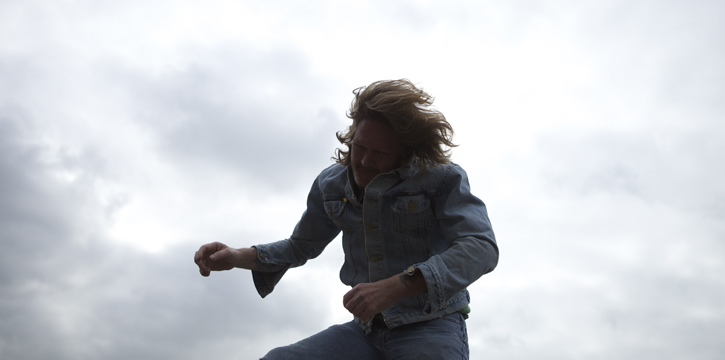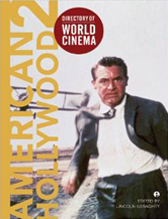
ANALYSIS: God in all things: Amiel Courtin-Wilson’s ‘Hail’
In an industry where marginalised social classes are routinely depicted as loveable larrikins, comical bogans or dangerous criminals and sexual predators, Amiel Courtin-Wilson’s Hail signals something of a breakthrough in Australian cinema. Based on the life and stories of Daniel P. Jones (who also performs the lead role, Danny), the film broadly depicts one man’s struggles to reintegrate into society following his release from prison.
If that premise conjures thoughts of the type of Australian film that audiences all too often avoid, then you’re mistaken; Hail is no run-of-the-mill social realist narrative. As Courtin-Wilson explained in an interview for AFI Blog:
‘I was always very conscious of not wanting to make a kitchen sink drama. I really, really love the idea of taking the minutiae of day-to-day everyday lives and setting that against an almost mythical kind of backdrop and I was very conscious of making something a bit more epic and romantic, something grander and more lyrical in terms of the music and the cinematography.’
And Hail is nothing if not epic in the way it represents Danny’s post-incarcerated existence. Opening the film with the image of Peter Nicolai Arbo’s The Wild Hunt (1872) – a mythical Norse scene depicting Odin lording over a vast escort of beings let loose from the Underworld and preparing to wreak chaos upon the world – Courtin-Wilson envisages Danny’s release from prison as a grand event. Like the tormented-souls of Arbo’s painting, Danny too appears as if from another realm: a violent creature barely contained in a man’s body.
But despite his imposing physical presence and piercing stare, Hail avoids treating Danny as just another violent thug on the verge of re-offending. In a manner befitting the film’s mythical frame, Courtin-Wilson seems more interested in exploring the fragility of this complex character and approaches Danny as a kind of fallen deity, trapped inside a mortal form and thrust into an unfamiliar world.
Imagining his reintegration as a process of sensorial awakenings, Courtin-Wilson draws on an array of elemental imagery to highlight Danny’s relationship to the world. Water, in particular, forms a key motif throughout the film. Early on, Danny is shown washing cars and drinking from a hose but in later scenes appears in the shower and then fully submerged within a swimming pool. While this gradual immersion might suggest Danny’s coming to terms with his physical self it also gestures at his increasing oneness with the external world.
As the narrative progresses, the film’s play of elemental forms gradually comes to reflect not so much Danny’s physical acclimatisation but the exteriorisation of his psyche, the ‘stuff in his head’ that he confesses, ‘wants to kill me’. When his violence finally erupts, it manifests in the fire, rain, snow and hail which showers down around him, positing his character as an unstoppable force of nature. Not coincidentally, when Danny attacks for the first time he does so while brandishing a hammer. But in contrast to the similarly armed figure in Arbo’s painting, Danny has no otherworldly realm in which to return: his fall is irreversible. The finality of Danny’s descent is all but confirmed by Courtin-Wilson in an astonishing sequence involving a free-falling horse, which, like the hammer, draws on The Wild Hunt as its mythical reference point.
Yet unlike the contained violence of Arbo’s work, as Danny’s self-willed chaos spreads it moves beyond the world of the characters and crosses over into the filmic form, threatening Hail’s narrative through the fragmentation of cohesive cinematic style, space and time. It’s a chaos that is entirely in line with the epic vision that the writer-director has courted from the outset. As he acknowledged in an interview for Bomblog:
‘It’s an incomplete world; there are cracks and openings in that world. I wanted to take that and travel down into hell with Danny. I remember discussing with [the cinematographer] Germain how to try and literally have God reveal itself in every image. God in all things.’
In approaching the film through this concept of immanence, Courtin-Wilson has discovered a form of character that deftly avoids the reductive tropes typically aligned with such marginalised figures. The notion that God resides in the image is also something that Danny seems acutely aware. In one particular scene while lamenting his meagre existence, the character points to a framed image on an apartment wall and cries, ‘It ain’t a painting, it’s a print’. The same cannot be said of Hail.
*This piece originally appeared in the on-line journal Kill Your Darlings and is republished with their permission.







RSS feed for comments on this post. TrackBack URI